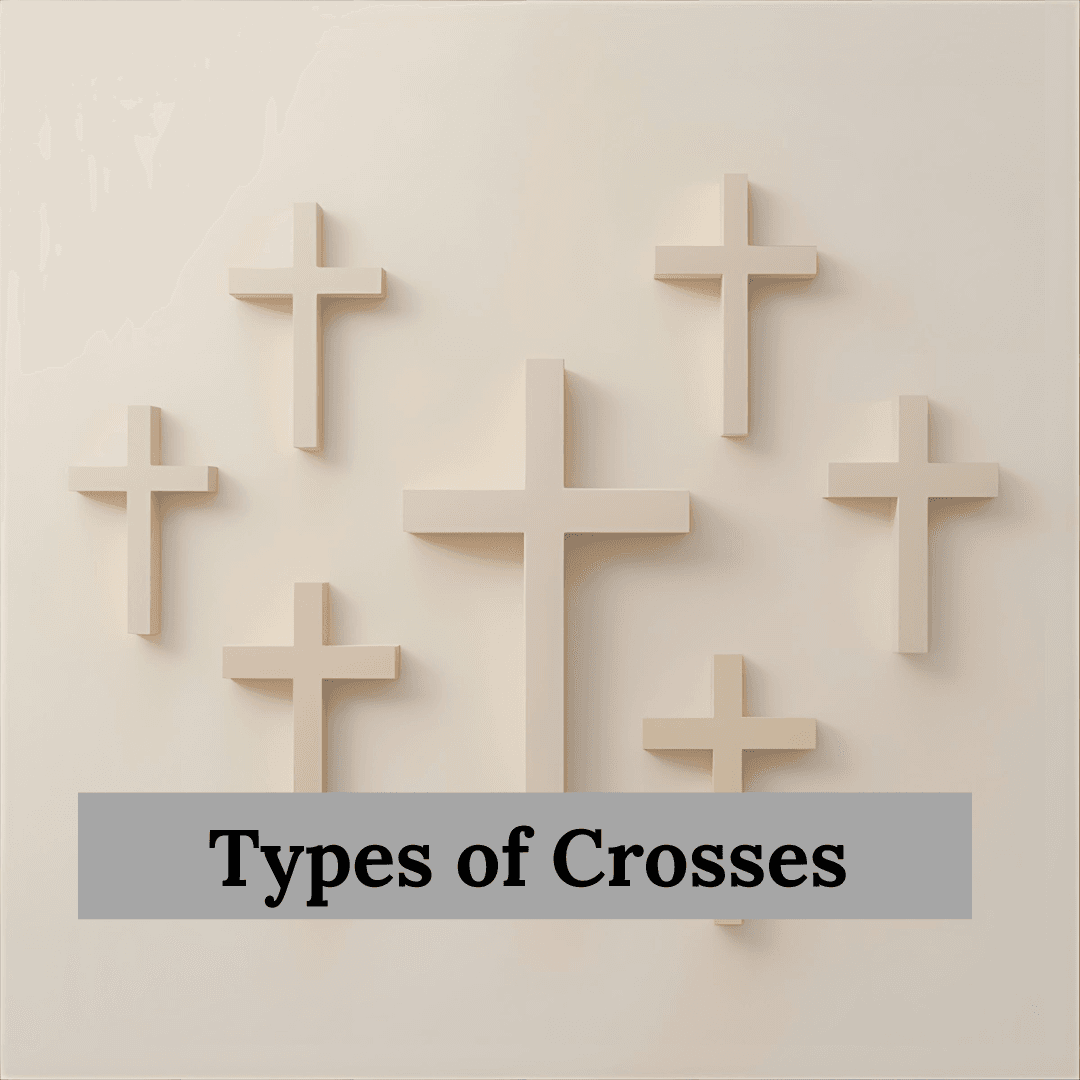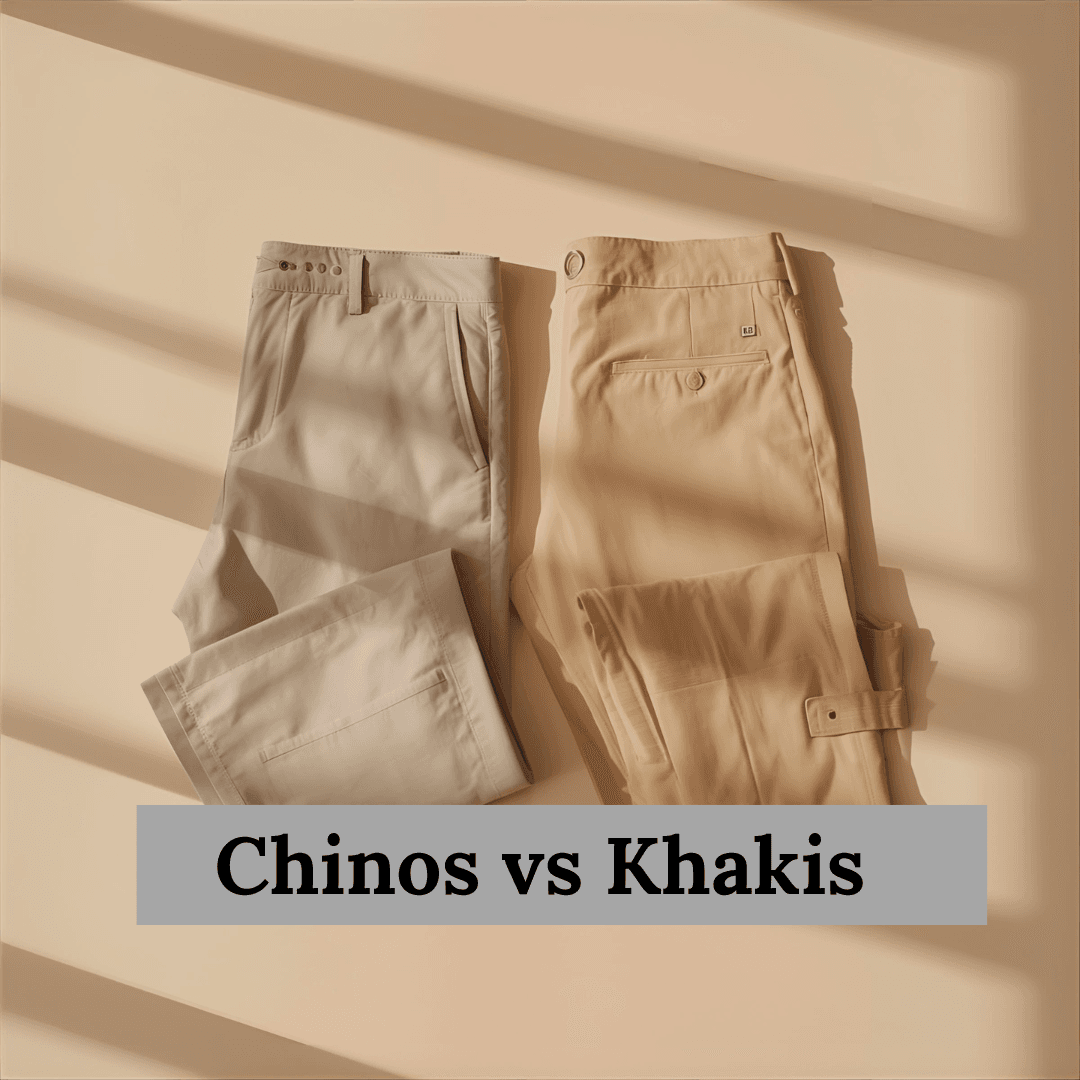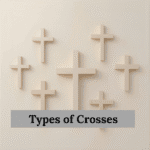Hey beautiful people! I’m so excited to share this heartwarming guide about Christmas with you. Whether you’re planning your holiday outfits or just want to understand the deeper meaning behind this magical season, I’ve got you covered.
Let’s dive into the story of Christmas together!
Table of Contents
The True Spirit of Christmas
Hey there, lovely readers! Today I want to talk about something that brings warmth to my heart every year – Christmas. You know that magical feeling when December arrives and everything around you starts sparkling with lights and joy? That’s Christmas magic for you!
Christmas is one of the most loved holidays around the world. People from different countries celebrate it in their own special ways. At its heart, Christmas is about celebrating the birth of Jesus Christ, but it has also become a time for families to come together, spread kindness, and create beautiful memories.
What I love most about this season is how it brings people together. Whether you celebrate it for religious reasons or just enjoy the festive spirit, Christmas touches everyone’s heart in different ways.
The Origin of Christmas
Let me take you back in time to understand where Christmas really came from. This story is more interesting than you might think!
How and When Christmas Began
Christmas started being celebrated around 336 AD in Rome. That’s almost 2000 years ago! But here’s something fascinating – we don’t actually know the exact date when Jesus was born. The Bible doesn’t tell us the specific day.
So why December 25? Well, early Christian leaders chose this date for a smart reason. During winter, Romans were already celebrating a festival called Saturnalia. People would feast, exchange gifts, and enjoy time with their loved ones.
By choosing December 25, which also matched the winter solstice celebrations, the church made it easier for people to accept Christmas. They took the existing holiday traditions and gave them new meaning centered around Jesus’s birth.
Historical Background of the Celebration
The word “Christmas” comes from “Christ’s Mass.” In old English, it was written as “Cristes Maesse.” Pretty cool, right?
In the beginning, Christmas was mainly a religious holiday. People would go to church and pray. But over time, it started mixing with local customs and traditions from different cultures. Each country added its own special touch to the celebration.
Early Christian and Roman Influences
The Romans had a huge impact on how we celebrate Christmas today. During Saturnalia, they would decorate their homes with greenery, light candles, and give gifts to each other. Sound familiar?
The Romans also celebrated something called Juvenalia, which was a feast for children. Many of our modern Christmas traditions come from these ancient Roman festivals. The early Christians didn’t want to completely get rid of these popular celebrations, so they adapted them instead.
The Story Behind Christmas: Birth of Jesus Christ
This is the heart of why Christmas is celebrated. Let me share this beautiful story with you.
The Nativity Story
According to the Bible, Mary and Joseph had to travel to Bethlehem for a census. Mary was pregnant with Jesus at that time. When they reached Bethlehem, the town was so crowded that they couldn’t find a place to stay.
An innkeeper felt sorry for them and let them use his stable. That night, in that simple stable, Mary gave birth to Jesus. She wrapped him in cloth and laid him in a manger, which is a feeding box for animals.
Angels appeared in the sky singing joyful songs. A bright star shone above the stable. Shepherds who were watching their sheep nearby saw the angels and came to visit baby Jesus. Later, wise men from the East followed the star and brought gifts of gold, frankincense, and myrrh.
Role of Mary, Joseph, and Bethlehem
Mary was chosen to be Jesus’s mother. Joseph was a carpenter who took care of Mary and protected the baby. Bethlehem, the small town where Jesus was born, became one of the most important places in Christian history.
This humble beginning in a stable shows that Jesus came for everyone – rich or poor. That’s a message that still touches hearts today.
Symbolic Meaning of Jesus’s Birth
For Christians, Jesus’s birth represents hope, love, and new beginnings. They believe Jesus came to earth to save humanity and show people how to live with love and compassion.
The star that guided the wise men symbolizes light in darkness. The gifts represent recognition of Jesus as king. Every part of the nativity story has deep meaning that Christians remember during Christmas.
Why Do Christians Celebrate Christmas?
As a fashion blogger, I meet people from all walks of life, and I’ve learned so much about different celebrations. Let me explain why Christmas is so special for Christians.
Religious Significance in Christianity
Christmas is a sacred time for Christians because it marks the birth of their Savior. They believe Jesus is the Son of God who came to earth as a human.
Churches around the world hold special services on Christmas Eve and Christmas Day. People sing hymns, read the nativity story from the Bible, and pray together. It’s a time to remember God’s love and feel grateful.
Celebration of Love, Hope, and Salvation
Christmas represents three important things for Christians – love, hope, and salvation. God’s love for humanity is shown through Jesus’s birth. Hope comes from believing in a better world. Salvation means freedom from sin and wrongdoing.
These themes make Christmas more than just a holiday. It’s a celebration of faith and spiritual renewal. Many Christians use this time to reflect on their lives and commit to being better people.
Biblical References Related to Christmas
The Christmas story is told in the books of Matthew and Luke in the Bible. These chapters describe the angel Gabriel telling Mary she would have a baby, Joseph’s dreams, the journey to Bethlehem, and the visit of the shepherds and wise men.
One famous verse says, “For unto us a child is born, unto us a son is given.” Another popular passage describes the angels singing “Glory to God in the highest, and on earth peace, goodwill toward men.”
How Christmas Evolved Over the Centuries
Now let’s talk about how Christmas changed and grew over time. This part is really interesting!
Transition from Religious Observance to Cultural Festivity
In the early centuries, Christmas was mostly a church celebration. People would attend mass and spend quiet time with family. There weren’t many decorations or big parties.
But by the Middle Ages, Christmas became more festive. In England, people would celebrate for twelve days straight! There was feasting, music, dancing, and games. The celebration became bigger and more joyful.
By the 19th century, Christmas started looking more like what we know today. The focus shifted to include family gatherings, gift-giving, and holiday decorations. It became a time when everyone, regardless of their religion, could join in the celebration.
Influence of Different Countries and Traditions
Germany gave us Christmas trees. The tradition started in the 16th century when people would decorate fir trees with fruits, nuts, and candles. Queen Victoria of England married a German prince, and when they put up a Christmas tree in their palace, everyone wanted to copy them!
Dutch settlers brought us Sinterklaas, which later became Santa Claus in America. Mexico contributed colorful pinatas and posadas. Italy gave us nativity scenes. Each country added something special to make Christmas richer and more diverse.
The Rise of Modern Christmas Customs
The 1800s and 1900s saw big changes in how Christmas was celebrated. Charles Dickens wrote “A Christmas Carol,” which helped people see Christmas as a time for charity and kindness.
Coca-Cola’s advertising helped create the modern image of Santa Claus in a red suit. Christmas cards became popular, letting people send wishes to friends and family far away.
Shopping for Christmas gifts became a big tradition. Department stores created amazing window displays. Christmas became not just a religious holiday but also a major cultural event that everyone looked forward to.
Popular Christmas Traditions and Their Meanings
Let me share some of my favorite Christmas traditions with you! As someone who loves fashion and style, I absolutely adore the visual beauty of Christmas decorations.
Decorating Christmas Trees
Oh, I love decorating Christmas trees! This tradition started in Germany but now people everywhere do it.
The evergreen tree symbolizes eternal life and hope. Even in the cold winter when other trees are bare, evergreens stay green. Christians see this as a reminder that Jesus brings everlasting life.
People decorate trees with ornaments, lights, tinsel, and a star or angel on top. The star represents the one that guided the wise men to baby Jesus. Some families have special ornaments they’ve collected over years – each one tells a story!
Exchanging Gifts
Gift-giving is probably the tradition everyone knows! But do you know where it comes from?
The three wise men brought gifts to baby Jesus, starting this beautiful tradition. Also, Saint Nicholas was known for secretly giving gifts to poor children.
Today, exchanging gifts shows love and appreciation for the people in our lives. It’s not about expensive presents – it’s about the thought and care we put into choosing something special for someone.
I always tell my readers at Styleupladies.com that the best gifts come from the heart. Whether it’s a handmade scarf, a favorite book, or a thoughtful fashion accessory, it’s the love behind it that matters.
Attending Church Services
Many Christians attend special church services during Christmas. Christmas Eve services often include candlelight, creating a peaceful and spiritual atmosphere.
Churches are beautifully decorated with poinsettias, wreaths, and nativity scenes. The services include singing Christmas carols, reading scripture, and coming together as a community.
Even people who don’t regularly attend church often go during Christmas because there’s something special about celebrating this holy day with others.
Singing Carols and Spreading Joy
Christmas carols make the season even more magical! Songs like “Silent Night,” “Jingle Bells,” and “Joy to the World” fill the air with happiness.
The tradition of caroling comes from medieval Europe. People would go from house to house singing songs and spreading good cheer. Some carols tell the nativity story, while others are just fun winter songs.
I love how music brings people together. Whether you’re singing at church, at home with family, or listening to Christmas radio stations while shopping for holiday outfits, carols create a joyful mood.
The Role of Santa Claus in Christmas Celebrations
Let’s talk about the jolly man in red! Santa Claus is loved by children around the world.
Origin of Santa Claus (St. Nicholas)
Santa Claus is based on a real person – Saint Nicholas. He was a Christian bishop who lived in Turkey around 300 AD. Nicholas was famous for his kindness and generosity, especially toward children and the poor.
One famous story tells how he secretly left gold coins in the shoes of three poor sisters so they could get married. He would give gifts at night so no one would know who did it.
Over time, different cultures told their own versions of Saint Nicholas stories. In the Netherlands, they called him Sinterklaas. Dutch settlers brought this tradition to America, where it eventually became “Santa Claus.”
Evolution into a Global Christmas Icon
The Santa Claus we know today – with his red suit, white beard, big belly, and hearty laugh – developed over time through stories, poems, and advertising.
In 1823, a poem called “A Visit from St. Nicholas” (also known as “Twas the Night Before Christmas”) described Santa as a jolly old elf who flew from house to house in a sleigh pulled by reindeer.
Later, cartoonist Thomas Nast drew Santa in a red suit with fur trim. In the 1930s, Coca-Cola used this image in their Christmas ads, and it became the standard look we all recognize.
Why Santa Symbolizes Generosity and Kindness
Santa represents the spirit of giving without expecting anything in return. He doesn’t ask for payment for the gifts he brings. He judges children not by their wealth but by whether they’ve been “naughty or nice.”
This teaches children important values about being good, kind, and generous. Santa embodies the joy of making others happy, which is what Christmas is really about.
Many families use the Santa tradition to teach their kids about generosity. It’s about creating magic and wonder while instilling good values.
How Christmas Is Celebrated Around the World
One thing I love about writing for Styleupladies.com is learning about different cultures and their fashion and traditions. Christmas celebrations around the world are so diverse and beautiful!
Unique Christmas Customs in Different Countries
In Mexico, they have Las Posadas – reenactments of Mary and Joseph searching for shelter. In the Philippines, they celebrate the longest Christmas season, starting in September! Japanese people eat KFC for Christmas dinner because of a successful marketing campaign.
In Iceland, thirteen different Santa-like characters called Yule Lads visit children over thirteen nights. In Australia, since Christmas falls during summer, many people have beach barbecues!
In Ethiopia, Christmas is celebrated on January 7, and people wear traditional white clothing. In Norway, they hide all brooms on Christmas Eve because of an old legend about witches.
Cultural Variations in Food, Decor, and Rituals
Food traditions vary widely. Americans love turkey, ham, and pumpkin pie. Italians have the Feast of Seven Fishes on Christmas Eve. Germans enjoy stollen (fruit bread) and lebkuchen (gingerbread).
In the UK, Christmas pudding is a must-have dessert. Venezuelans eat hallacas (corn dough wrapped in plantain leaves). In Poland, they share oplatek (thin wafers) before dinner and leave an empty chair for unexpected guests.
Decorations also differ. Some countries use straw ornaments, others prefer bright lights and colors. Each culture brings its own artistic style to Christmas decor, which I find absolutely fascinating as a fashion and style enthusiast!
Global Unity Through Christmas Celebrations
What’s amazing is that despite all these differences, Christmas brings people together worldwide. The basic themes remain the same – love, family, giving, and hope.
Whether you’re in snowy Canada or sunny South Africa, people celebrate with joy and kindness. Christmas reminds us that we’re all connected as human beings who want happiness and peace.
It’s beautiful to see how one celebration can be adapted by so many different cultures while keeping its core message of goodwill and love.
The Modern Meaning of Christmas Today
As we live in modern times, Christmas has taken on new meanings while keeping its traditional roots. Let me share what Christmas means in today’s world.
Christmas as a Season of Giving and Gratitude
Modern Christmas is strongly associated with generosity. People donate to charities, volunteer at shelters, and help those less fortunate.
Many organizations run toy drives for children who might not otherwise receive gifts. Food banks collect donations to provide holiday meals for hungry families. This spirit of giving reflects the true meaning of Christmas.
Gratitude is also central to modern Christmas. People take time to appreciate their blessings – their health, family, friends, and opportunities. It’s a time to count your blessings and express thanks.
Family, Love, and Kindness Over Materialism
I’ll be honest with you – Christmas has become very commercial. Stores start advertising holiday sales in October! Sometimes we get so caught up in buying perfect gifts that we forget what really matters.
But many people are now trying to focus less on materialism and more on meaningful connections. Spending quality time with loved ones, creating traditions, and showing kindness to others are becoming more important than expensive presents.
Simple things like baking cookies together, watching Christmas movies, or taking a walk to see neighborhood lights can create better memories than any store-bought item.
Balancing Religious and Cultural Values
Today, Christmas is celebrated by both Christians and non-Christians. Some people observe it as a religious holiday, attending church and focusing on Jesus’s birth. Others celebrate it as a cultural holiday about family and traditions.
Many families find ways to honor both aspects. They might attend church services and also enjoy secular traditions like decorating trees and visiting Santa. The key is respecting that Christmas can mean different things to different people.
What matters most is the spirit behind the celebration – spreading love, joy, peace, and goodwill.
Conclusion: The Timeless Joy of Christmas
So why is Christmas celebrated? At its core, Christmas celebrates the birth of Jesus Christ and the hope, love, and salvation he represents for Christians.
Over centuries, Christmas has evolved from a purely religious observance to a worldwide celebration that brings together people of all backgrounds. It combines ancient traditions with modern customs, creating a holiday that’s rich in meaning and joy.
Whether you celebrate Christmas for religious reasons or simply enjoy the festive spirit, this holiday reminds us of important values – family, generosity, kindness, and hope for a better world.
The lights, decorations, music, and traditions make Christmas magical. But the real magic lies in the love we share with others and the joy we bring to each other’s lives.
As we celebrate Christmas each year, we connect with people across time and space who have found meaning in this special season. That’s why Christmas continues to be one of the most beloved holidays in the world.
From my heart to yours at Styleupladies.com, I wish you a Christmas filled with love, laughter, and beautiful memories. May your holidays be merry and bright!
It’s festive season, and know more about it in my other blogs:
- What to Wear for Thanksgiving Dinner
- Cyber Monday Fashion Deals
- Holiday Party Outfits
- Office Holiday Party Outfit Ideas
- Hanukkah Outfit Ideas
- What to Wear on Christmas Eve
FAQs on Why is Christmas Celebrated
1. Why is Christmas celebrated on December 25?
Christmas is celebrated on December 25 because church leaders in the 4th century chose this date. While the Bible doesn’t give an exact date for Jesus’s birth, December 25 was selected partly because it coincided with existing Roman winter festivals like Saturnalia, making it easier for people to accept the new Christian holiday.
2. What does Christmas symbolize?
Christmas symbolizes hope, love, peace, and new beginnings. For Christians, it represents God’s love for humanity through the gift of Jesus Christ. It also symbolizes light overcoming darkness, generosity, family bonds, and goodwill toward all people.
3. Who started the tradition of Christmas?
The tradition of celebrating Christmas was started by early Christians in Rome around 336 AD. However, many Christmas customs come from even older pagan winter festivals. Over time, different cultures added their own traditions, creating the diverse celebration we know today.
4. Why do people give gifts on Christmas?
Gift-giving comes from the biblical story of the three wise men who brought gifts to baby Jesus. It’s also inspired by Saint Nicholas, who was known for secretly giving presents to children. Today, exchanging gifts shows love and appreciation for the important people in our lives.
5. Is Christmas only celebrated by Christians?
While Christmas started as a Christian religious holiday, it’s now celebrated by many non-Christians too. Some people enjoy Christmas as a cultural celebration focused on family, traditions, and spreading joy, without necessarily observing its religious aspects.
6. What are the most popular Christmas traditions?
Popular Christmas traditions include decorating Christmas trees, hanging wreaths and lights, exchanging gifts, singing carols, attending church services, baking holiday cookies, sending Christmas cards, and gathering with family for special meals. Many families also include Santa Claus in their celebrations.
7. What is the true meaning of Christmas?
The true meaning of Christmas is celebrating the birth of Jesus Christ and the message of love and hope he brought to the world. Beyond religious significance, Christmas is about spending time with loved ones, showing kindness to others, and spreading joy and goodwill during the holiday season.
8. How did Santa Claus become part of Christmas?
Santa Claus evolved from Saint Nicholas, a 4th-century bishop known for his generosity to children. Dutch traditions of Sinterklaas came to America and merged with English Father Christmas traditions. Poems, stories, and advertising in the 1800s and 1900s created the jolly red-suited Santa we know today.
9. What does the Christmas tree represent?
The Christmas tree, an evergreen that stays green all winter, represents eternal life and hope. For Christians, it symbolizes everlasting life through Jesus Christ. The star on top represents the Star of Bethlehem that guided the wise men to baby Jesus. Each ornament and light adds to the tree’s symbolic meaning of joy and celebration.
10. How do different countries celebrate Christmas?
Different countries have unique customs—some focus on midnight church services, others on big family feasts or public decorations, and seasonal foods vary everywhere.







Leave a Reply